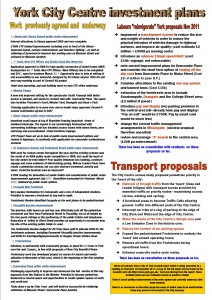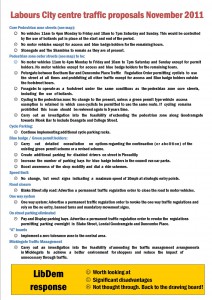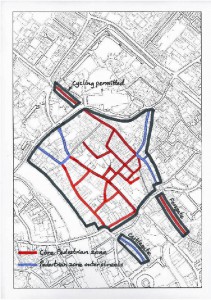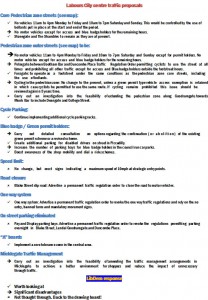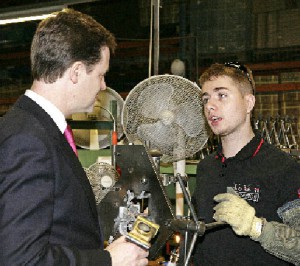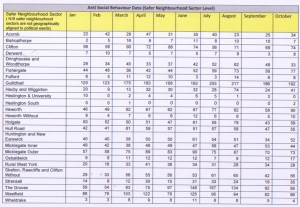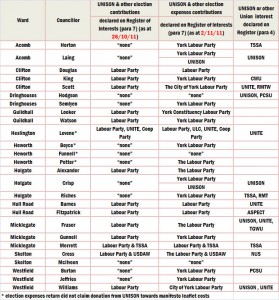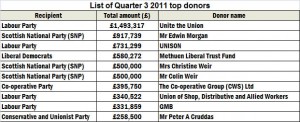York has made steady progress over recent years in enhancing the appearance and function of the City centre. Some of he key improvements implemented or planned include:
• Library and Library Square public realm enhancement Internal alterations to library approved 2009 and now complete.
• 5* Hotel, New CYC Offices and Station Road War Memorial
• Minster Piazza A new and improved setting for the spectacular South Transept
• King’s Square public realm enhancement
• St. Sampson’s Square and Parliament Street public realm enhancement
• Fossgate New Footstreet
• Piccadilly junction improvements
• Treemendous Initiative, in partnership with community groups, to plant 50,000 trees in York over the next 3 years.,
• Duncombe Place public realm enhancement
Cross party support for these improvements has been forthcoming.
Now the new Labour administration is setting out their priorities. They are entitled to do so but residents have an expectation that any plans will be carefully costed, that financing will have been obtained, that residents – particularly those who are directly affected such as traders – will have been consulted and that a realistic implementation timetable will have been drawn up.
In the case of the proposals going to a decision meeting on Thursday, none of these principles seems to have been respected.
…..And residents were given only a couple of hours (until 5;00pm on Friday) to record their written views on a report which was only published on the Friday morning!!!!! (the previous Council allowed a full week for written representations to be lodged).
A summary of the proposals is reproduced below.
They are something of a curates egg.
• Many would like to see large delivery vehicles banished from the City centre. The idea of transhipping goods onto smaller local delivery lorries is an attractive one. But previous studies have pointed out to huge costs in setting up a new depot with substantial annual costs for planning and running the delivery system. If this scheme were introduced then either an (unlikely) taxpayers subsidy would have to be found or City Centre traders would have to pay (and that would mean higher prices for shoppers and a reduction in the ability of City centre retailers to compete with out of town centres).
• Similarly, while the Councils budget might run over the next 3 years to one major additional paving scheme – and Duncombe Place does offer a major opportunity – then costs could escalate if major work is required to utility services. 9York’s infamous Victorian sewers still need a lot of investment),
• The report talks of introducing “pay and display” in the City centre. We have actually had pay and display at both on street and off street parking spaces for 2 decades now. Some retailers want pay on exit to be introduced at municipal car parks at a cost of around £750,000. But the system of mechanical barriers was abandoned in the 1990s because of reliability problems. Fortunately the is a solution available in the form of touch in touch out smart cards which could satisfy those who do not want to forecast the length of their stay when they park in the City.
• Alarms bells will be ringing in the ears of traders in streets like Micklegate who are singled out for unspecified traffic management changes.
So, all in all, some good ideas rather ruined by the manner in which they have been put forward.
The lack of public consultation in particular will leave a legacy of distrust and scepticism.

